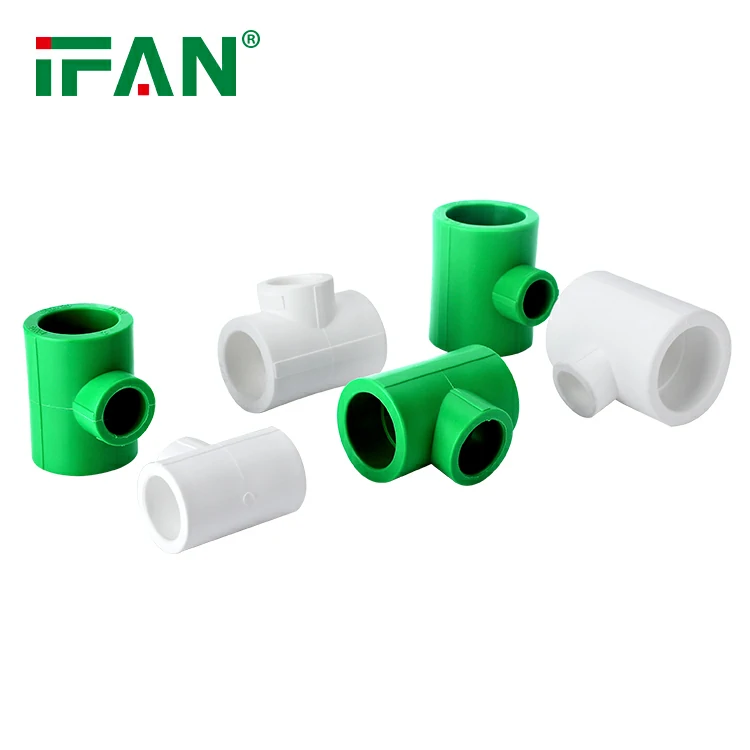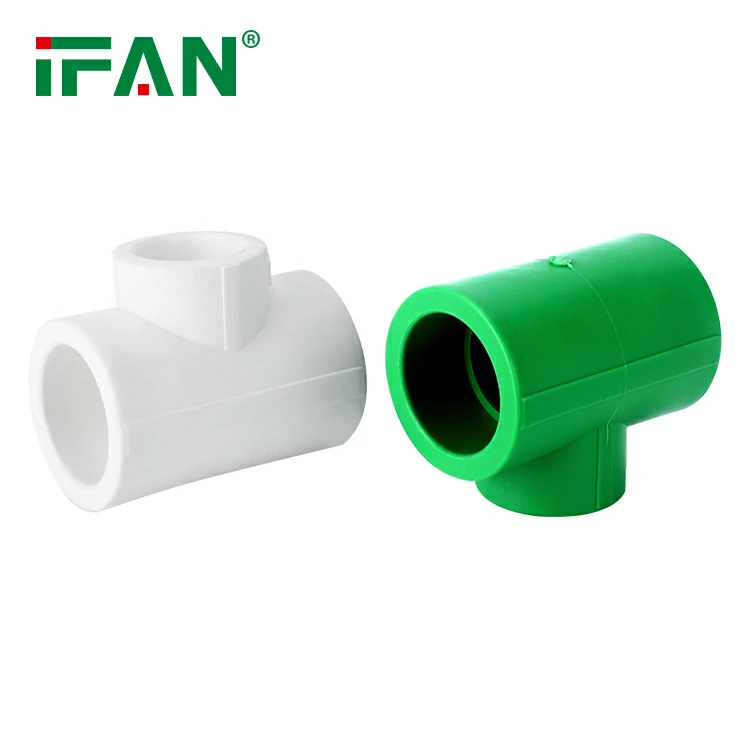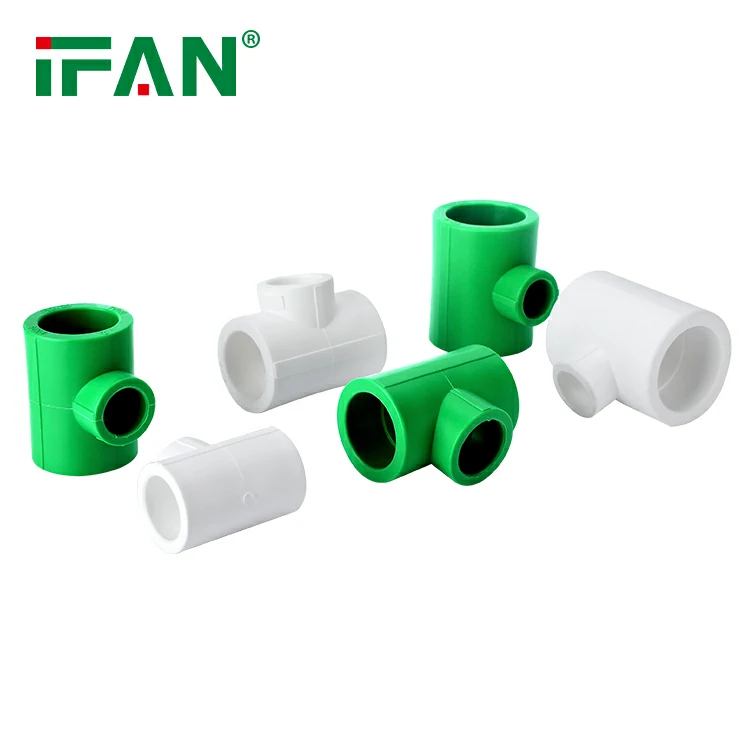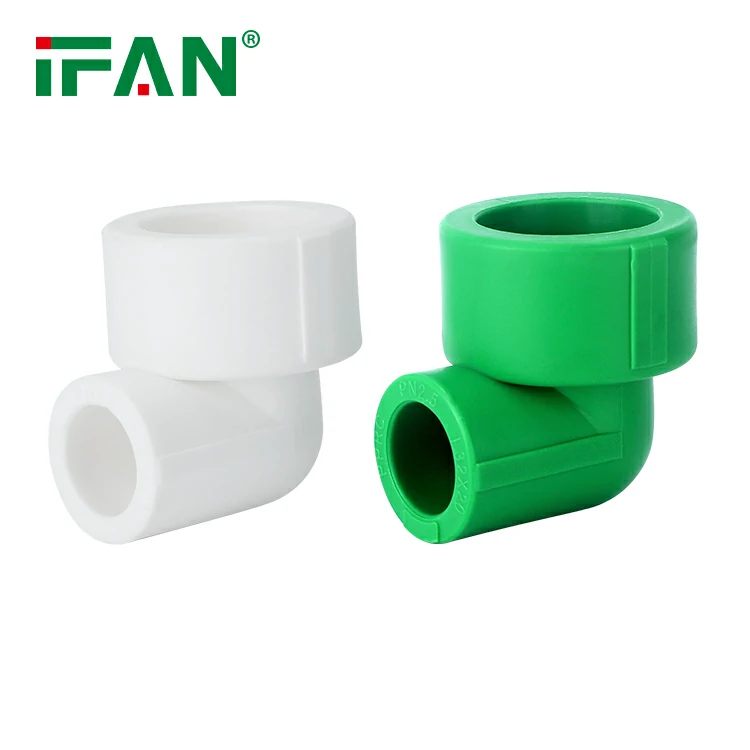In modern plumbing systems, PEX press fittings, crimp fittings, and stainless-steel clamps are commonly used for connecting PEX pipes to various plumbing systems. Each of these connection methods comes with its unique advantages, but when combined, they can offer enhanced flexibility, reliability, and long-term performance. This article delves into the connection of PEX press fittings with crimp fittings and stainless-steel clamps, providing you with a comprehensive understanding of how these components work together for efficient plumbing installations.
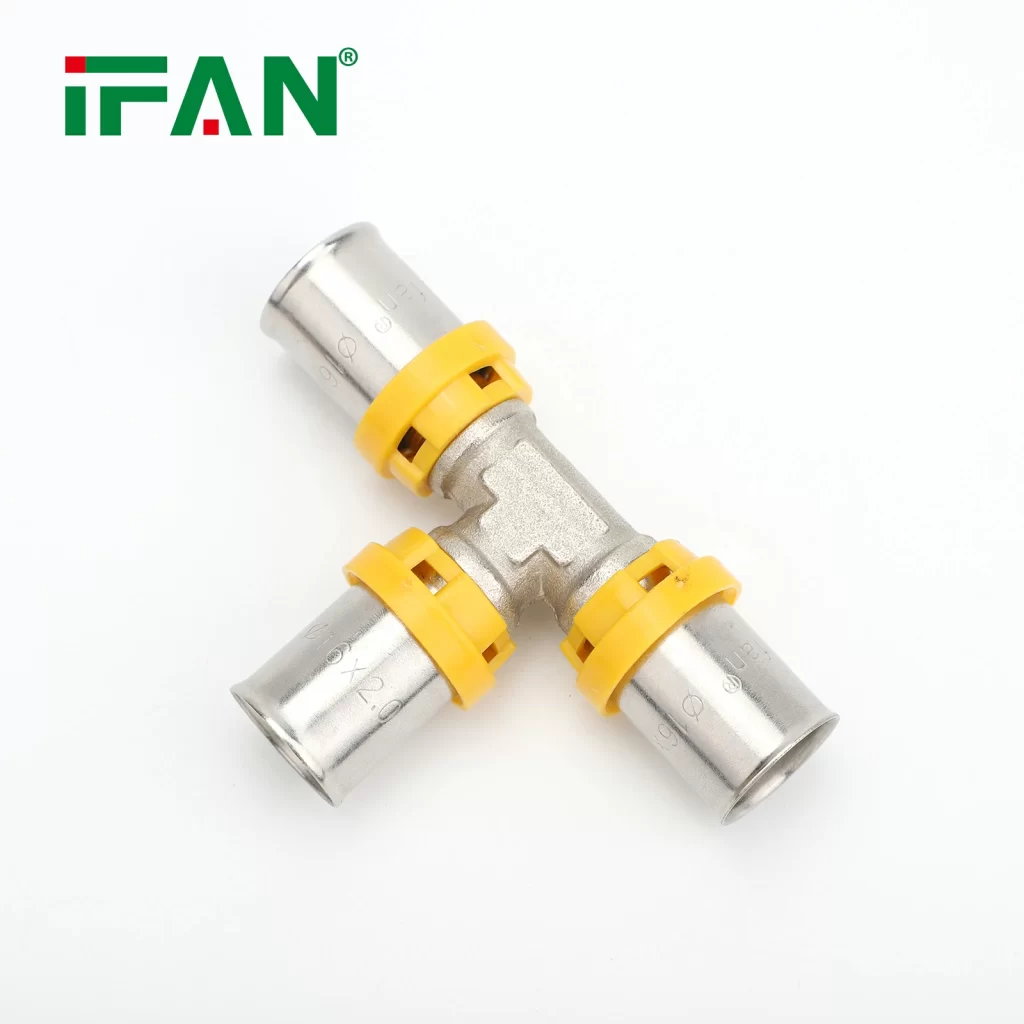
What are PEX Press Fittings?
Before we explore the connection methods, let’s start by understanding PEX press fittings. PEX, which stands for cross-linked polyethylene, is a highly flexible, durable, and cost-effective piping material. PEX press fittings are designed to provide a secure and leak-proof connection between PEX pipes and other plumbing components.
Unlike traditional methods like soldering or crimping, PEX press fittings use a specialized press tool to compress a fitting around the pipe, forming a tight seal without the need for heat. This method is faster, safer, and easier to use, making it an increasingly popular choice in both residential and commercial plumbing installations.
What are Crimp Fittings?
Crimp fittings are another common connection method used with PEX piping systems. These fittings are made of metal or plastic and require a crimping tool to clamp the fitting onto the pipe. The crimping process involves using the tool to apply pressure to a metal ring, which tightens around the pipe and fitting, creating a strong and secure connection.
Crimp fittings are widely used due to their simplicity and affordability. However, unlike PEX press fittings, the crimping process requires careful precision, as improper crimping can lead to leaks or weak connections. Crimp fittings have been a standard in plumbing systems for many years, but the introduction of PEX press fittings has provided an alternative that is easier and faster to use.
What are Stainless-Steel Clamps?
Stainless-steel clamps are another essential component in the plumbing industry, particularly when working with PEX systems. These clamps are used in combination with crimp fittings and PEX pipes to create a secure and leak-free connection. Made from high-quality stainless steel, these clamps are durable, corrosion-resistant, and ideal for a variety of plumbing applications.
To install a stainless-steel clamp, the clamp is placed around the crimp ring (after the crimping tool has been used), and then it is tightened. The tightness of the clamp ensures a secure seal that helps prevent leaks and increases the long-term reliability of the connection.
Why Combine PEX Press Fittings with Crimp Fittings and Stainless-Steel Clamps?
Although PEX press fittings, crimp fittings, and stainless-steel clamps can each be used independently for securing PEX pipes, there are situations where combining them can enhance the overall performance of the plumbing system. Here’s why combining these components is beneficial:
1. Flexibility in Installation
Combining PEX press fittings with crimp fittings and stainless-steel clamps provides flexibility in installation. Contractors can use the PEX press fittings in areas where fast and efficient connections are required, and crimp fittings with stainless-steel clamps in situations where more traditional methods are needed, offering a more versatile plumbing system.
2. Improved Leak Prevention
Using stainless-steel clamps in conjunction with crimp fittings helps improve the overall sealing strength, which is essential in preventing leaks. This is especially important in areas where the plumbing system is under high pressure or exposed to varying temperature conditions. The combination of these methods enhances the reliability and durability of the plumbing system.
3. Cost-Effectiveness
While PEX press fittings offer fast installation, crimp fittings tend to be more cost-effective. By using a combination of PEX press fittings and crimp fittings, you can balance the benefits of quick installation with the affordability of crimping. This makes it easier to reduce overall installation costs while maintaining a high level of performance.
4. Quick and Easy Repairs
When maintenance or repairs are required, having a combination of PEX press fittings and crimp fittings with stainless-steel clamps can simplify the process. PEX press fittings allow for fast removal and reinstallation, while crimp fittings with clamps can be quickly adjusted without the need for additional tools or heating equipment.
5. Increased Durability
Stainless-steel clamps are corrosion-resistant, meaning they will stand up to the test of time, especially in environments where moisture, heat, or chemicals could cause other materials to degrade. The combination of crimp fittings with stainless-steel clamps can help extend the lifespan of your plumbing system.
How to Connect PEX Press Fittings with Crimp Fittings and Stainless-Steel Clamps
Connecting PEX press fittings with crimp fittings and stainless-steel clamps involves several steps to ensure that each component is properly installed and secure. Here’s a step-by-step guide on how to achieve a solid connection:
Step 1: Prepare the PEX Pipe
First, ensure that the PEX pipe is cut to the appropriate length and free from any burrs or debris. Use a PEX pipe cutter for clean, straight cuts. This is essential for ensuring a smooth connection between the pipe and the fitting.
Step 2: Install the PEX Press Fitting
For the PEX press fitting, simply slide the PEX pipe into the fitting and use a PEX press tool to secure the fitting. The press tool will compress the fitting onto the pipe, creating a leak-free seal. Ensure that the fitting is fully pressed and that the connection is secure.
Step 3: Install the Crimp Fitting
For the crimp fitting, slide the fitting over the end of the PEX pipe, ensuring it is positioned properly. Then, place the crimp ring around the fitting and use a crimping tool to tighten the ring around the pipe. Apply consistent pressure to ensure a strong, leak-proof connection.
Step 4: Add the Stainless-Steel Clamp
If you’re using a stainless-steel clamp, place the clamp over the crimp ring after crimping the fitting. Tighten the clamp securely using a wrench or screwdriver, making sure it is snug and firmly holds the crimped connection in place.
Step 5: Inspect the Connection
Once all components are installed, inspect the connection for any signs of leakage or improper installation. This includes checking that the crimp ring is properly tightened and that the PEX press fitting is secure. Perform a water pressure test to verify that the plumbing system is functioning correctly.
Benefits of Using PEX Press Fittings with Crimp Fittings and Stainless-Steel Clamps
- Reliability: Using a combination of PEX press fittings, crimp fittings, and stainless-steel clamps ensures a secure, durable connection that can handle varying pressures and temperatures.
- Speed and Efficiency: The combination of these methods can speed up the installation process, reducing labor costs and making it easier to meet project deadlines.
- Cost-Effectiveness: While PEX press fittings are ideal for quick and efficient installations, crimp fittings and stainless-steel clamps offer an affordable alternative that doesn’t compromise on performance.
- Enhanced System Longevity: The use of stainless-steel clamps provides corrosion resistance, ensuring that the plumbing system lasts longer, even in harsh conditions.
- Easy Maintenance: With a combination of these connection methods, repairs or system modifications can be done quickly and with minimal tools.
Conclusion
PEX press fittings, crimp fittings, and stainless-steel clamps are essential components in modern plumbing systems. By combining these methods, you can achieve a more flexible, reliable, and cost-effective plumbing solution that meets the demands of both residential and commercial installations. Whether you’re working on a new installation or making repairs, understanding how to connect these components properly will ensure a high-quality, leak-free plumbing system.
Frequently Asked Questions (FAQs)
1. Can I use PEX press fittings with crimp fittings?
Yes, PEX press fittings can be used in conjunction with crimp fittings for greater flexibility in plumbing installations. Both methods are compatible and can work together to provide a reliable system.
2. How do I install stainless-steel clamps with PEX crimp fittings?
After crimping the fitting onto the PEX pipe, place the stainless-steel clamp over the crimp ring and tighten it securely to ensure a strong, leak-proof connection.
3. What are the advantages of using stainless-steel clamps in PEX plumbing systems?
Stainless-steel clamps are durable, corrosion-resistant, and help provide a secure connection when used with crimp fittings, ensuring long-lasting and reliable performance.
4. How do PEX press fittings compare to crimp fittings?
PEX press fittings are quicker and easier to install, requiring a specialized tool to press the fitting, whereas crimp fittings require a crimping tool to tighten the ring around the pipe.
5. Are crimp fittings still commonly used in PEX installations?
Yes, crimp fittings are still widely used due to their affordability and ease of installation, but PEX press fittings are gaining popularity for their speed and reliability in plumbing installations.

